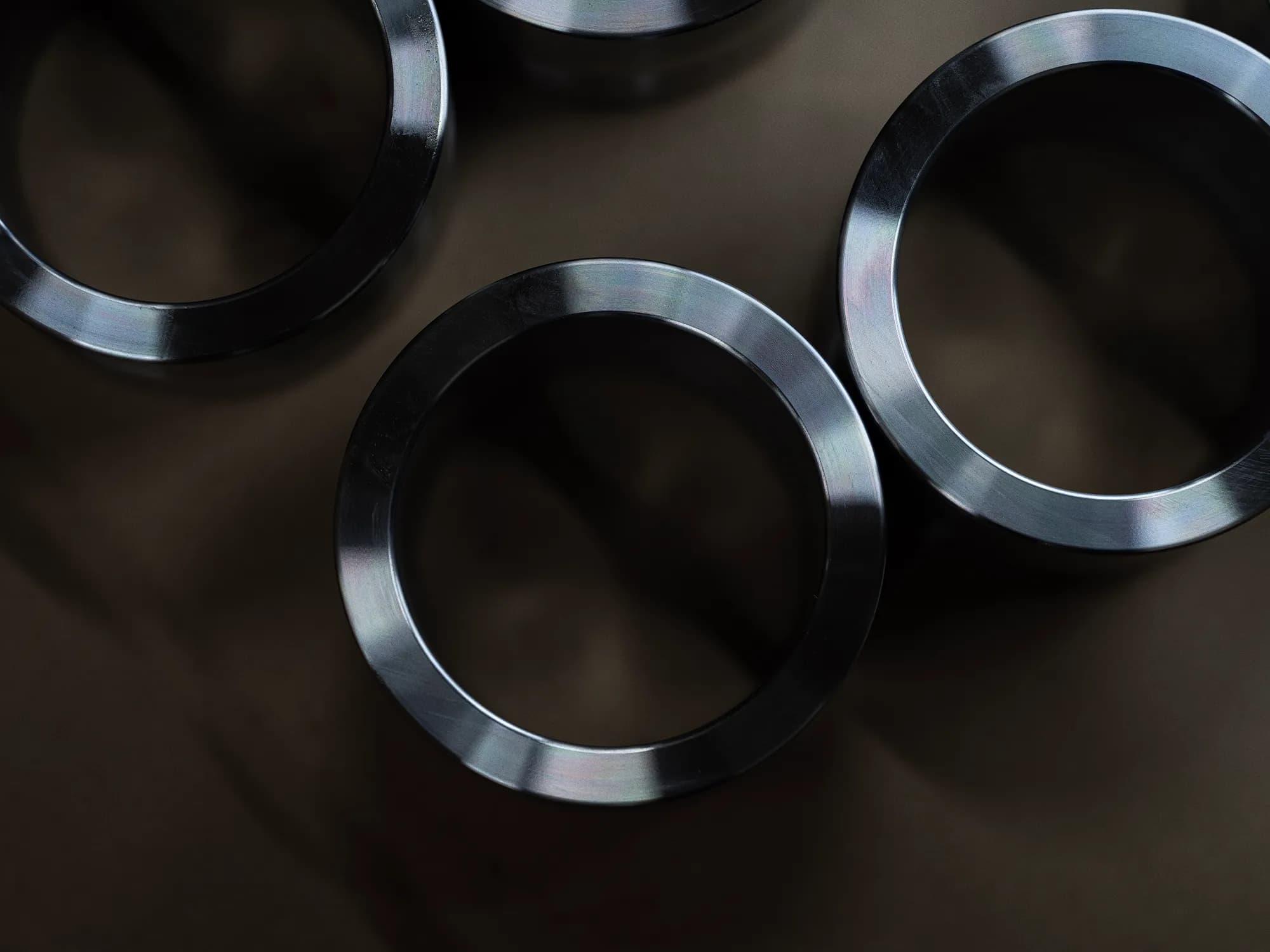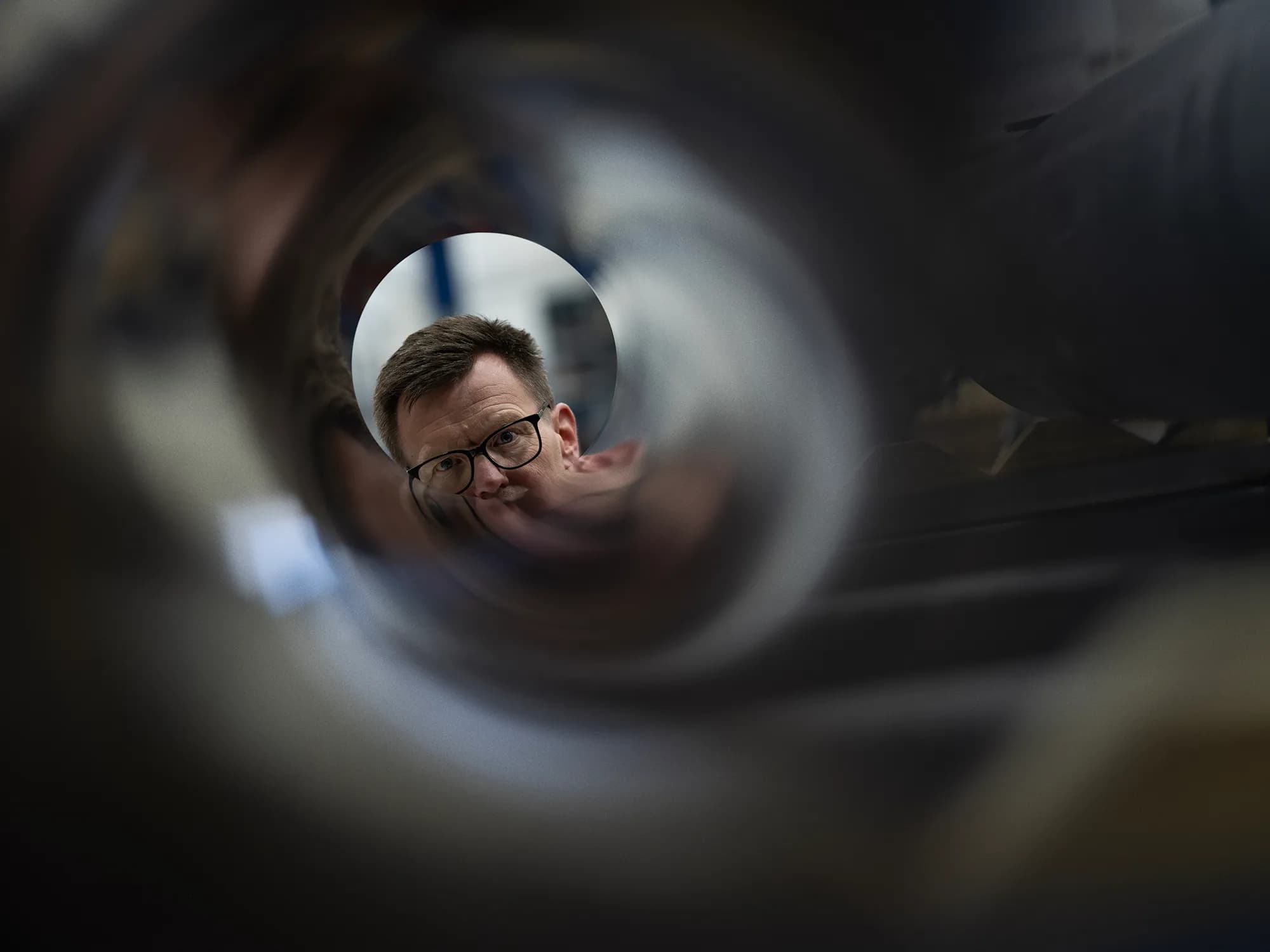A cornerstone of industrialism
The principles of hydraulics originate from the early 17th century and have evolved over centuries into today's advanced hydraulic systems. The use of hydraulic cylinders began in the 19th century, revolutionising power transmission in agriculture, industry, and construction. This invention has paved the way for versatile and efficient technologies worldwide. Modern society would certainly not be the same without hydraulic cylinders.


Hydraulic cleanliness throughout production
The modern hydraulic cylinder is defined by its hydraulic cleanliness, a critical factor for its efficiency and long-term durability. For starters, the purity of hydraulic fluid and system components is vital, as contaminants can significantly impair performance, increase wear, and lead to system failures. That’s why cleanliness is a matter that demands meticulous attention throughout our manufacturing process.
Cleanliness is assessed according to ISO standards that specify permissible particle sizes. Hydraulic systems can be contaminated by particles from component wear, such as cylinders and valves, as well as by dirt and dust from the environment. At PMC Cylinders, we adhere to ISO 4406 standards to classify and monitor particle levels in hydraulic fluids. Moreover, we tailor cleanliness standards to meet your specific requirements.








